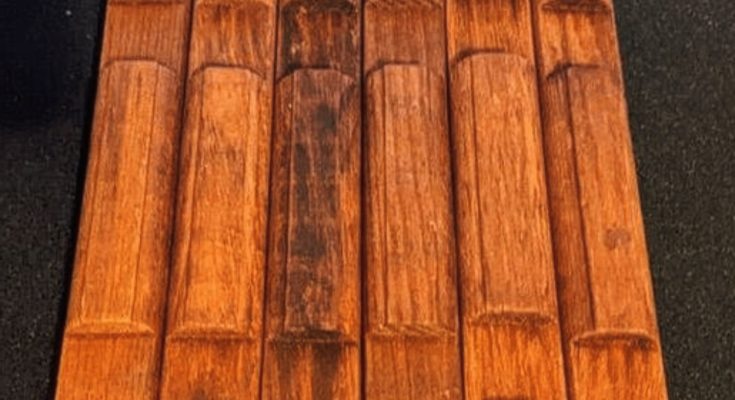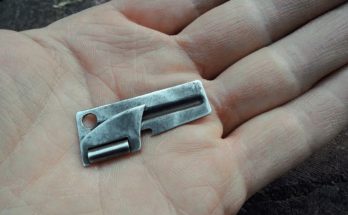The Background of Lincoln Logs
John Lloyd Wright created the popular toy known as Lincoln Logs in 1916. The renowned architect Frank Lloyd Wright was his father. The log cabin buildings that John saw while traveling served as his inspiration. He proceeded to design these wooden blocks that interlocked, simulating the process of building log cabins.
These logs were first produced by the Playthings Manufacturing Company, which later became part of Hasbro. Lincoln Logs were incredibly popular due to their straightforward design and educational usefulness. As they learned basic building principles, kids had fun making a variety of structures.
Lincoln Log Use
Lincoln Logs are specially crafted to stimulate imaginative play and enhance spatial reasoning. Each set includes wooden logs in different sizes and shapes that fit together. Kids can build cabins, forts, towers, or whatever their minds conjure up, promoting creativity and elaborate design skills.
Lincoln logs were extensively utilized as teaching tools in schools and at home in the early 20th century. With the use of these toys, kids were able to improve their planning, problem-solving, and hand-eye coordination abilities as well as understand fundamental engineering concepts. All ages may enjoy and use them because of their ease of use and adaptability.
Lincoln Logs’ Legacy
With just minor changes throughout the years, Lincoln Logs have managed to hold onto their allure and appeal over the years. Although plastic versions and themed sets are now available, the basic concept is still the same.
These timeless toys have been a part of many generations’ childhoods and are more than just sentimental items. Lincoln Logs, which are honored in museums, toy collections, and educational initiatives, reinforce the enduring significance of educational toys by encouraging children’s creativity and critical thinking.
Lincoln Logs, which still instruct and motivate young minds today, are a monument to the inventiveness of toys from the early 20th century. Their simple yet powerful design demonstrates the long-lasting influence of high-quality educational toys.



